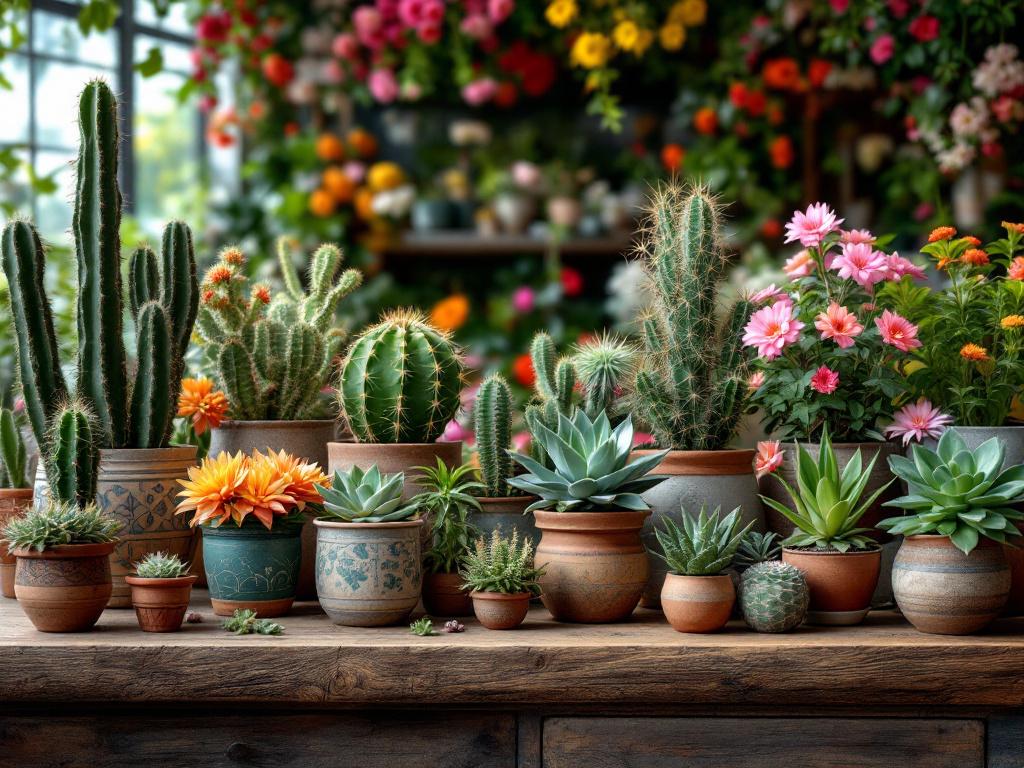
Cacti, belonging to the family Cactaceae, are a group of succulent plants characterized by their unique adaptations to survive in arid environments. These remarkable plants are predominantly found in regions such as deserts, scrublands, and semi-arid areas, with the majority of species native to the Americas. Cacti exhibit a wide variety of shapes, sizes, and colors, with over 2,000 different species classified under approximately 150 genera.
One of the defining features of cacti is their ability to conserve water, an essential adaptation for thriving in their native habitats. This is achieved through various mechanisms, such as the presence of a thick, waxy coating on their epidermis, which minimizes water loss. Additionally, cacti possess specialized photosynthetic pathways, allowing them to perform photosynthesis during the cooler hours of the night, reducing transpiration that occurs during the daytime heat.
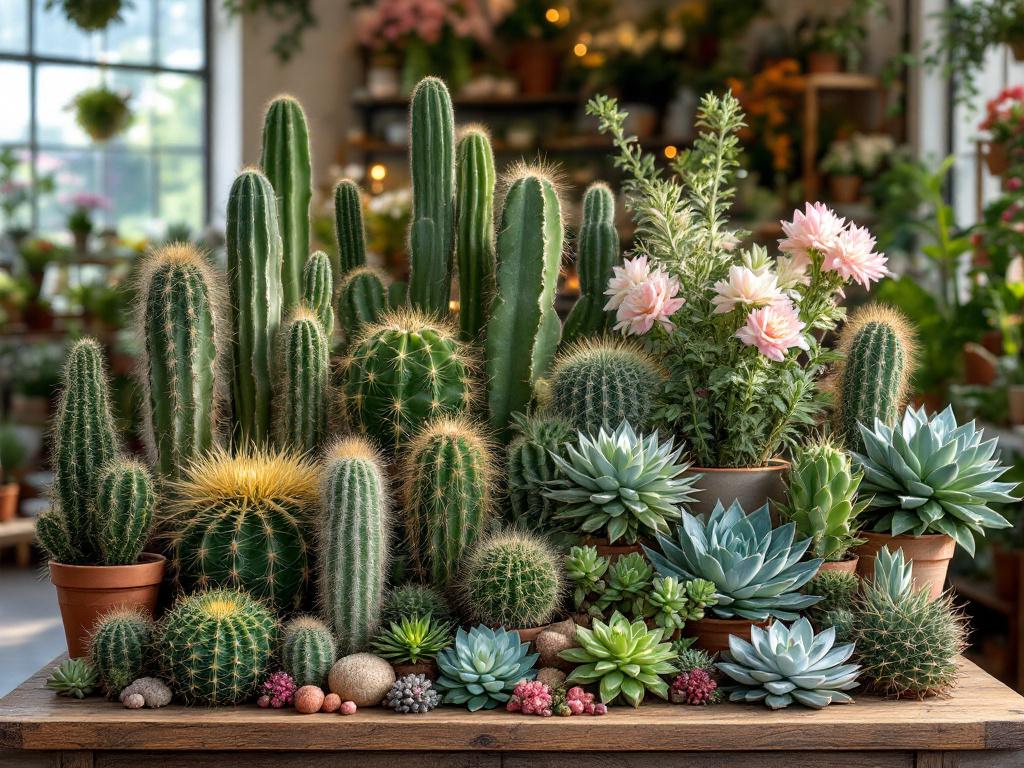
The morphology of cacti is equally fascinating. They typically exhibit a cylindrical or spherical body, which helps minimize surface area and, in turn, reduces moisture evaporation. Their spines, which are modified leaves, serve multiple purposes including protection from herbivores and assistance in capturing moisture from the air. These unique structures not only contribute to their survival but also enhance their aesthetic appeal.
Furthermore, the evolution of cacti can be traced back approximately 30 million years, resulting in an array of diverse species adapted to specific environmental conditions. From the towering saguaro cacti found in the Sonoran Desert to the small, colorful Easter cacti, each species reflects the incredible resilience and adaptability of these plants. Understanding the characteristics and classification of cacti provides insight into their fascinating role in ecosystems and their significance within the plant kingdom.
Types of Cacti and Their Features
Cacti, members of the family Cactaceae, are a diverse group of plants known for their unique adaptations to arid environments. They can be categorized into several major types, each exhibiting distinctive features, growth habits, and habitats. This discussion will focus on three primary categories of cacti: columnar, barrel, and spherical cacti.
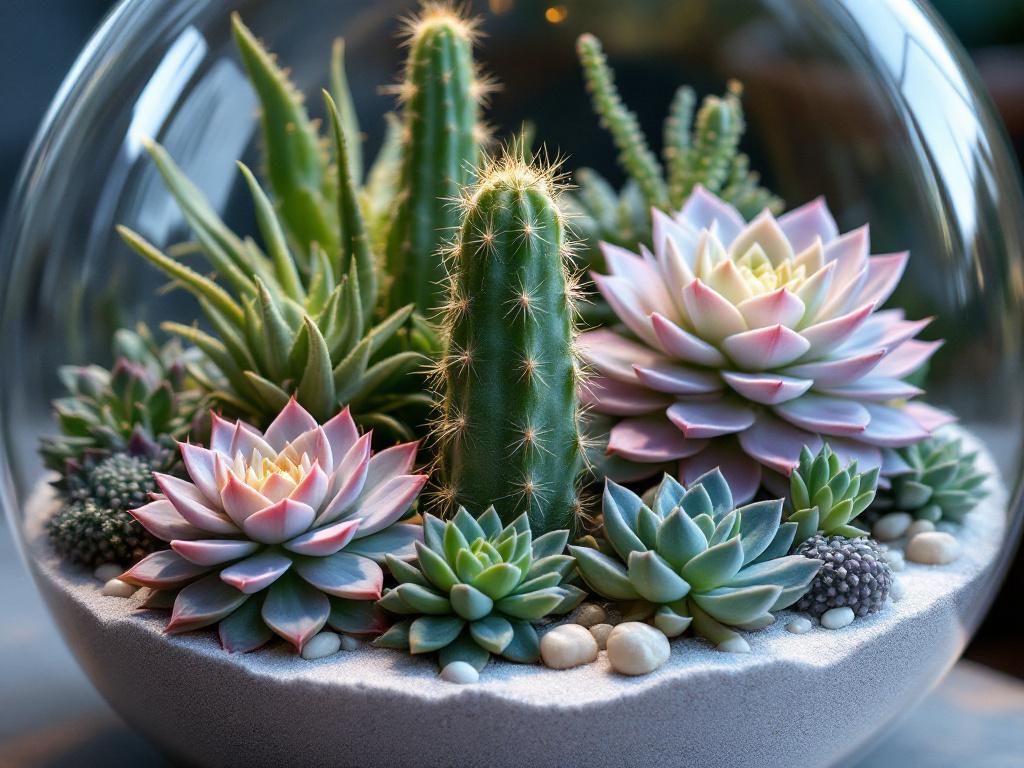
Columnar cacti are characterized by their tall, upright growth habit. They can reach impressive heights and often display a prominent ribbed structure along their bodies. A notable example of this group is the Saguaro cactus (Carnegiea gigantea), which can grow up to 40 feet tall and can live for over 150 years. These cacti are typically found in the deserts of the southwestern United States and serve as essential habitats for wildlife, supporting various birds and mammals that rely on their fruits for sustenance.
Barrel cacti, on the other hand, are recognized for their stout, rounded bodies. They tend to have thick, fleshy stems that store water, which is crucial for survival in harsh climates. The Golden Barrel cactus (Echinocactus grusonii) is a prime example, displaying a globular form adorned with prominent spines. These cacti are commonly found in dry regions of North America, thriving in rocky soils and providing a striking visual element to their landscapes.
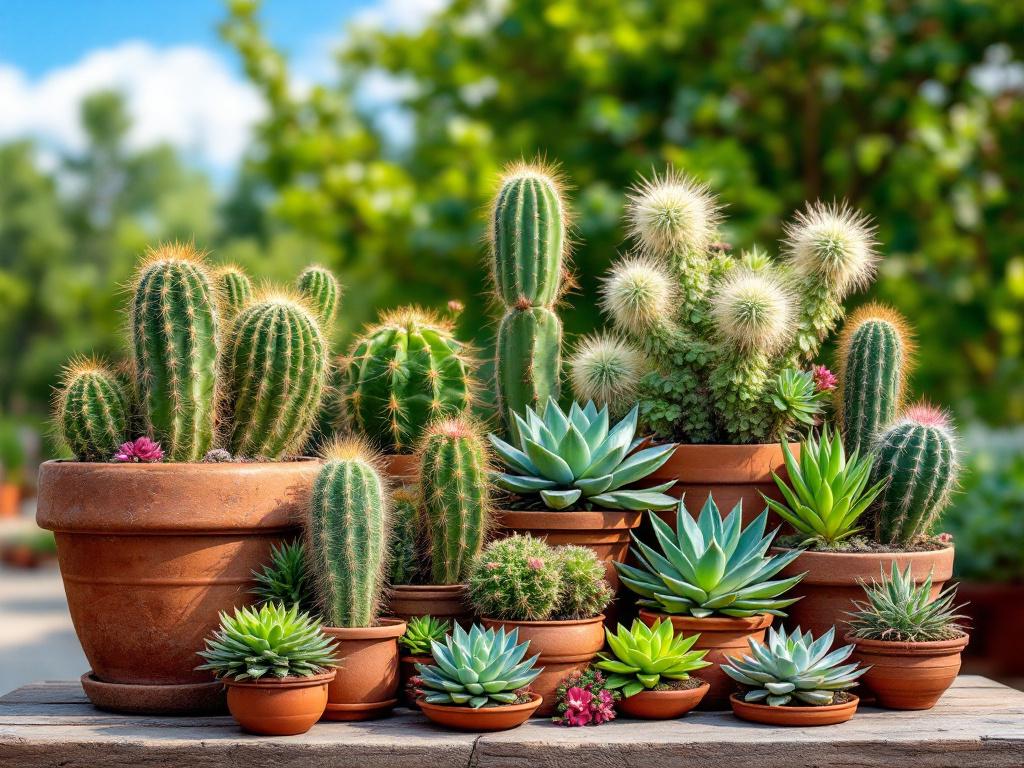
Spherical cacti, resembling small balls or spheres, are compact and often have a pleated appearance that aids in water conservation. One notable species within this category is the Bishop’s Cap (Astrophytum myriostigma), which is recognized for its unique star-shaped structure and lack of spines. These types of cacti typically inhabit arid plains and rocky slopes, adapting well to the challenges posed by their environments.
Understanding the different types of cacti is crucial for enthusiasts and gardeners alike, as it allows for better appreciation of their ecological roles and aesthetic contributions to the landscapes in which they are found. Each cactus group brings its own set of remarkable attributes, highlighting the fascinating adaptability of these remarkable plants.
Caring for Cacti: Best Practices
Providing optimal care for cacti is essential for maintaining their unique health and beauty. These resilient plants require specific conditions to thrive, which vary according to species. One of the most critical aspects of cactus care is watering. Cacti are adapted to arid environments, making them particularly susceptible to overwatering. During the growing season, typically spring and summer, cacti should be watered thoroughly, allowing the soil to dry out completely between waterings. In contrast, during the autumn and winter months, when most cacti enter a dormant period, it is advisable to reduce watering significantly.
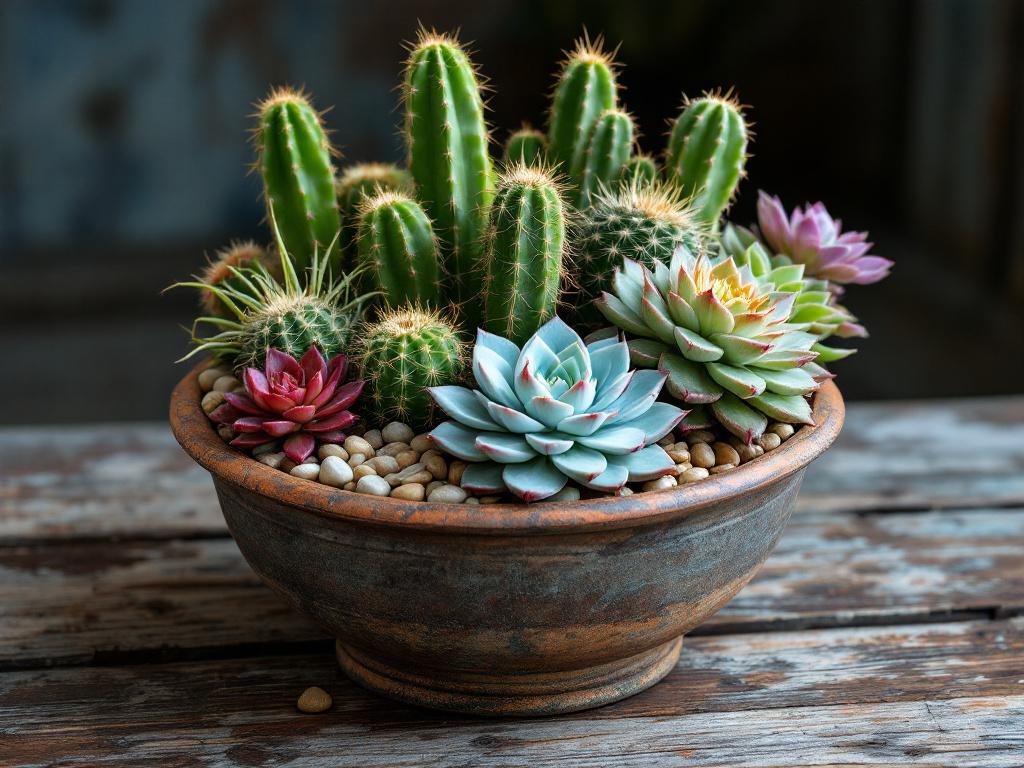
Light requirements also play a vital role in cactus cultivation. Most cacti prefer bright, direct sunlight, ideally for six or more hours daily. However, certain species may tolerate shaded conditions, particularly during the intense heat of summer. It’s important to gradually acclimate your cacti to direct sunlight to prevent sunburn, particularly when transitioning indoors to outdoors.
Soil choice is another significant factor in cactus care. A well-draining potting mix, ideally designed for succulents and cacti, is recommended to prevent root rot. You can create your own mix by combining potting soil with components such as sand, perlite, or pumice to ensure excellent drainage. Additionally, selecting the right pot is crucial; terracotta pots are often preferred for cacti because they allow for better airflow through the soil.
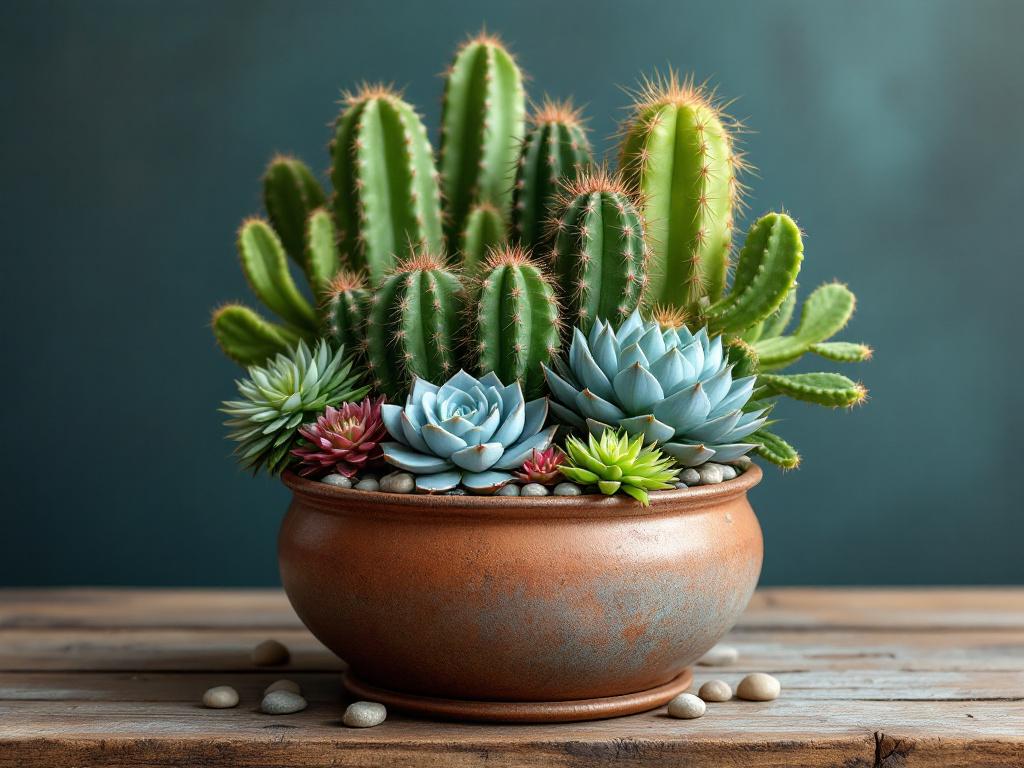
When it comes to repotting, do this only when necessary, as cacti thrive when slightly root-bound. Pay close attention to the specific needs of different cactus species, as some may require additional care, such as increased humidity or protection from extreme temperatures. Common mistakes to avoid include neglecting to check soil moisture, using non-draining pots, or exposing cacti to prolonged periods of cold. By adhering to these best practices, you can ensure a vibrant and resilient cactus collection.
The Cultural Significance of Cacti
Cacti have transcended their basic role as flora, embedding themselves deeply in the cultural frameworks of various societies. Traditionally, these plants have been revered not just for their unique adaptations to arid environments but also for their multifaceted uses in medicine, culinary practices, and symbolism. In many indigenous cultures, cacti, particularly species like the prickly pear (Opuntia), have long been utilized for their medicinal properties. Native American tribes, for instance, harnessed the anti-inflammatory and antioxidant attributes of cactus pads to treat a range of ailments, underscoring the plant’s integral role in traditional healing practices.
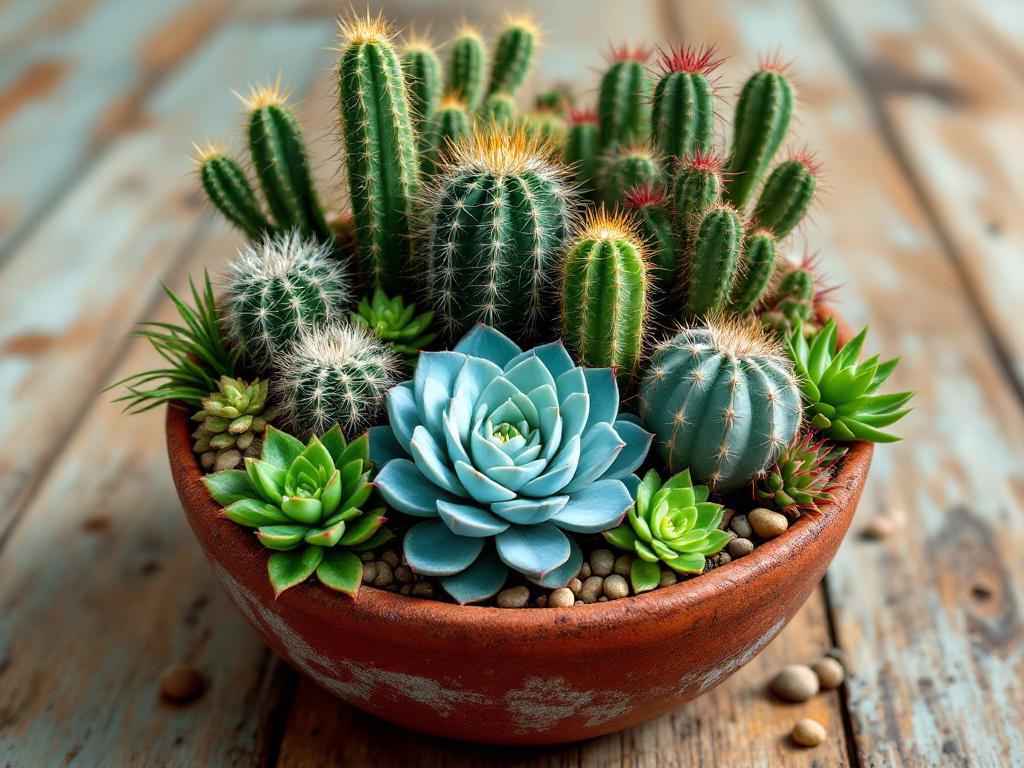
In culinary traditions, cacti have garnered appreciation for their nutritional value and unique flavors. The pads of the prickly pear, known as “nopales,” are often prepared in various dishes throughout Mexico and Central America. Rich in vitamins and fiber, nopales are consumed in salads, tacos, and even as a filling for quesadillas, showcasing the adaptability of cacti in culinary arts. In addition to the pads, the sweet fruit, or “tunas,” is also harvested and made into jellies, candies, and drinks, highlighting the diverse applications of this resilient plant.
Beyond their practical uses, cacti hold significant symbolism in art and literature. They often represent endurance, resilience, and survival amidst adversity, embodying the spirit of life in harsh conditions. Cacti are frequently depicted in various artistic expressions, from paintings to pottery, symbolizing a connection to the natural world and the human experience. Furthermore, their unique shapes and vibrant flowers serve as inspiration for numerous artistic movements, reinforcing their cultural relevance.
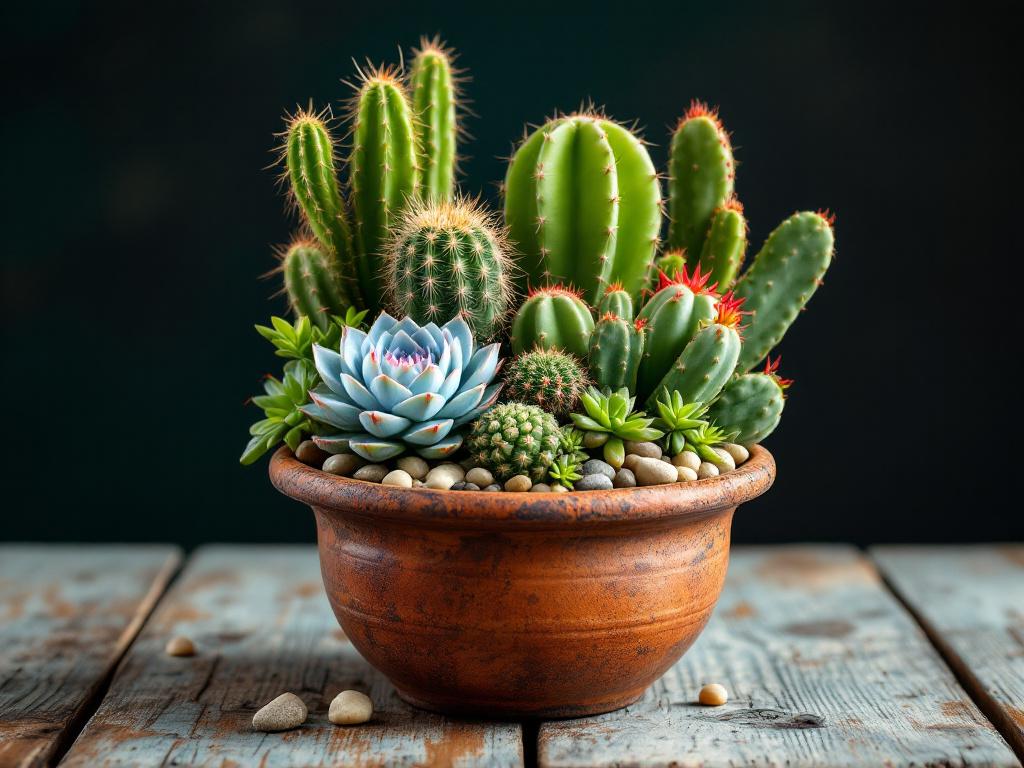
Environmentally, cacti play a crucial role in their ecosystems, providing essential habitats for various desert species while contributing to biodiversity. As climate change continues to impact global ecosystems, understanding the cultural significance of cacti becomes increasingly crucial—not only for conservation efforts but also for appreciating the intricate relationships between people and these remarkable plants.
